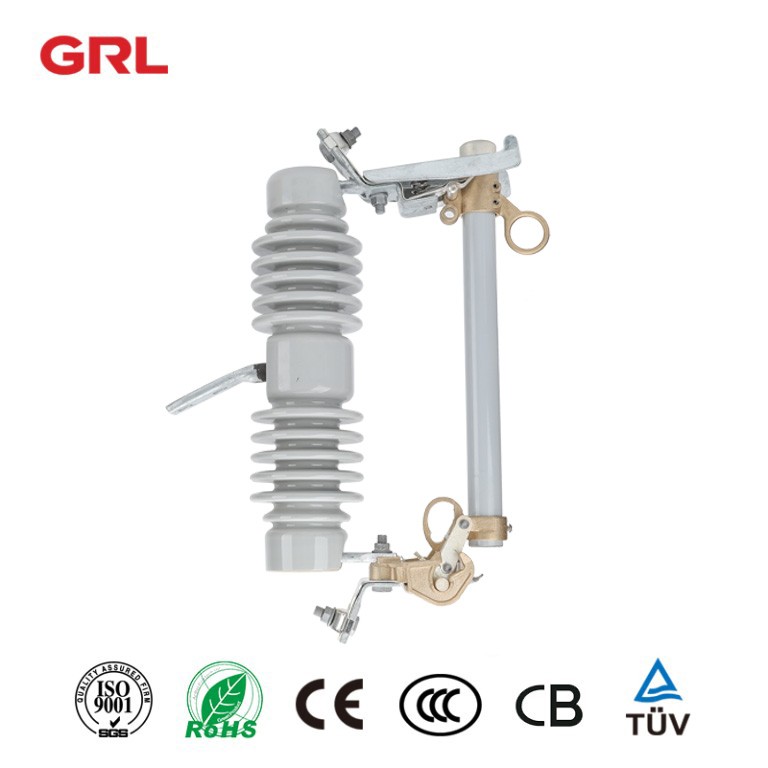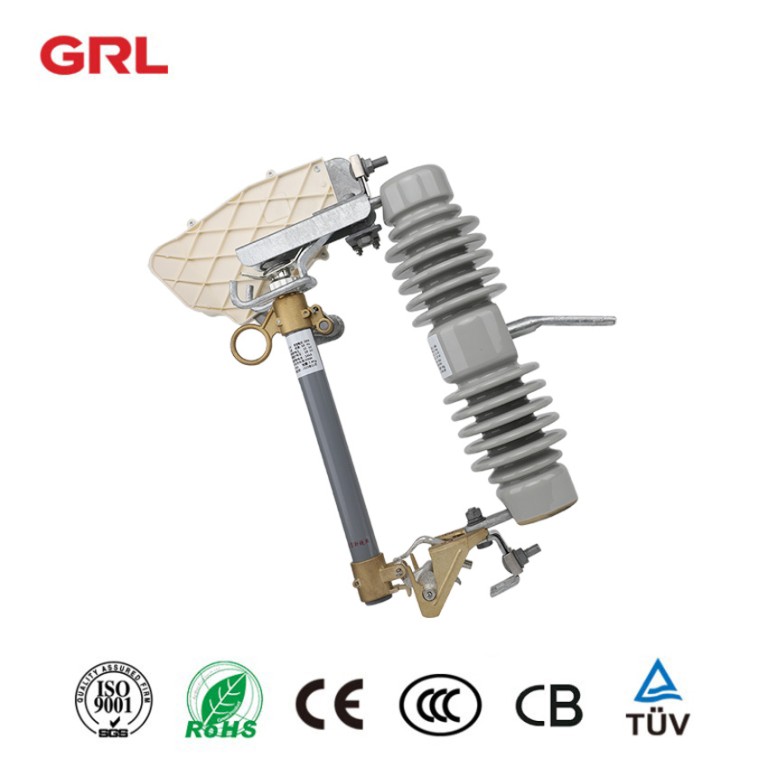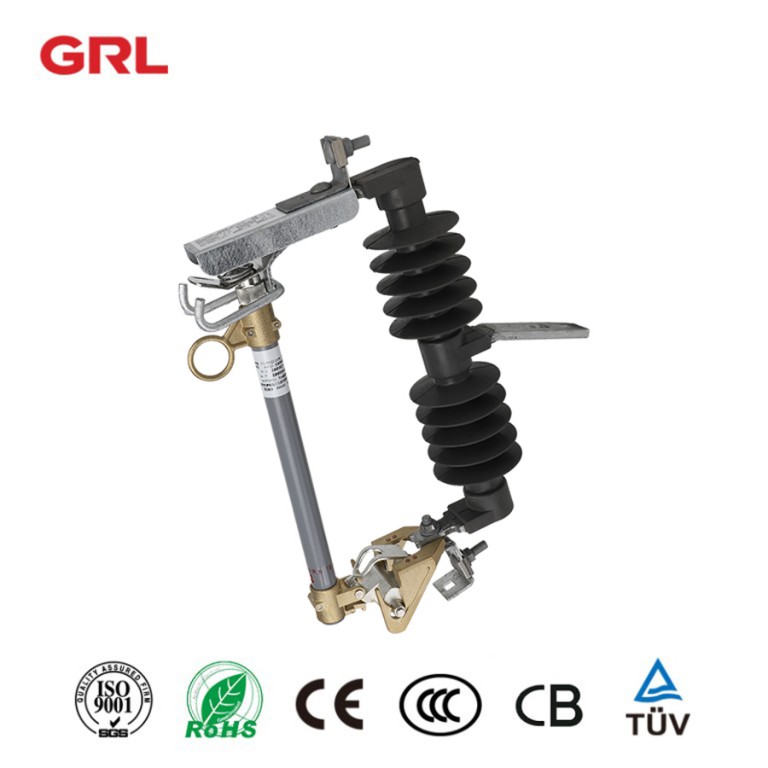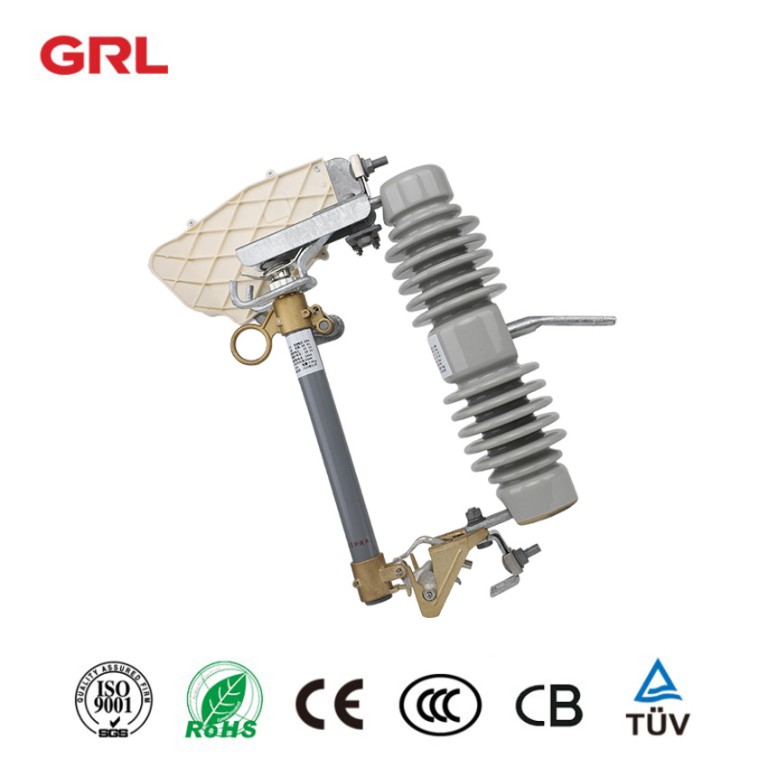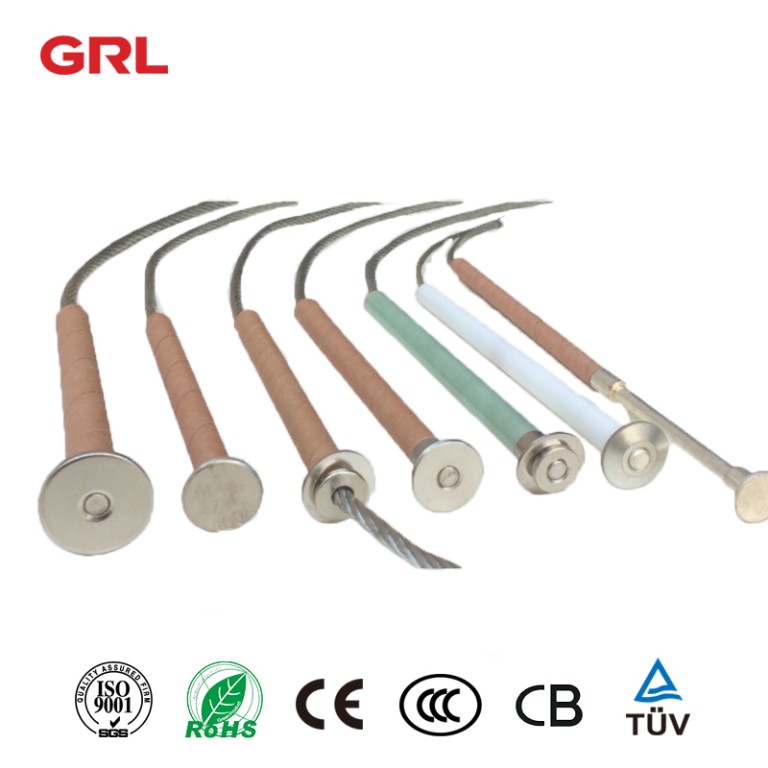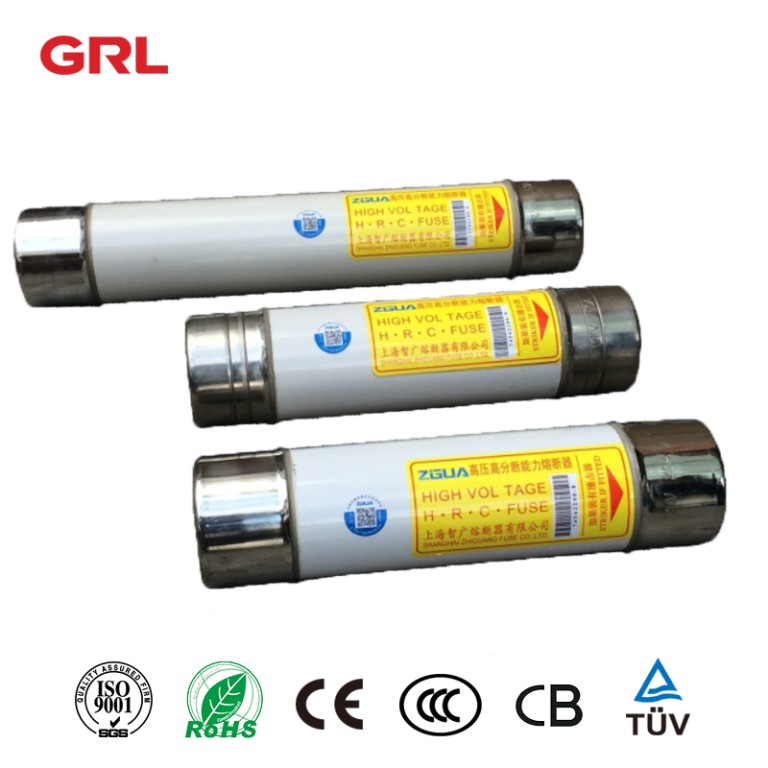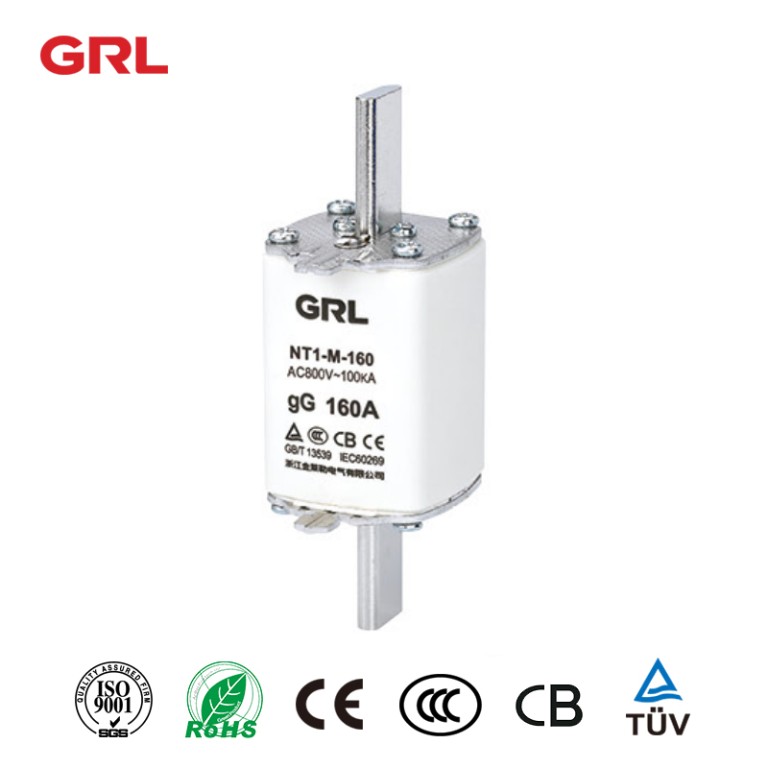What is a fuse cutout?
A Fuse Cutout is a device used in power distribution systems to protect transformers and power lines from damage caused by short circuits, overloads, or other electrical faults. The Fuse Cutout combines the functions of a fuse and a disconnect switch, allowing it to automatically disconnect the circuit during a fault and quickly restore power by replacing the fuse.
Main Components of a Fuse Cutout:
- Fuse: The fuse is the key protective element in the circuit. When the current exceeds a preset value, the fuse melts and breaks the circuit to prevent damage to the equipment or line.
- Cutout Body: The cutout body, typically made of insulating material, supports the fuse and provides electrical isolation.
- Hinged Movable Arm: When the fuse blows, the hinged arm drops down, physically disconnecting the circuit and alerting personnel that the fuse needs replacement.
How a Fuse Cutout Works:
- During normal operation, current flows through the fuse, and the power equipment and lines are energized.
- In the event of a short circuit or overload, the current increases, causing the fuse to heat up and melt, breaking the circuit and protecting the downstream equipment.
- After the fuse blows, the movable arm drops, providing a visible indication of the open circuit. Maintenance personnel can restore the circuit by replacing the fuse.
